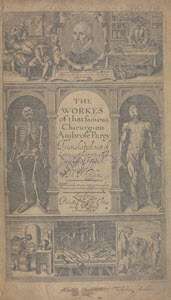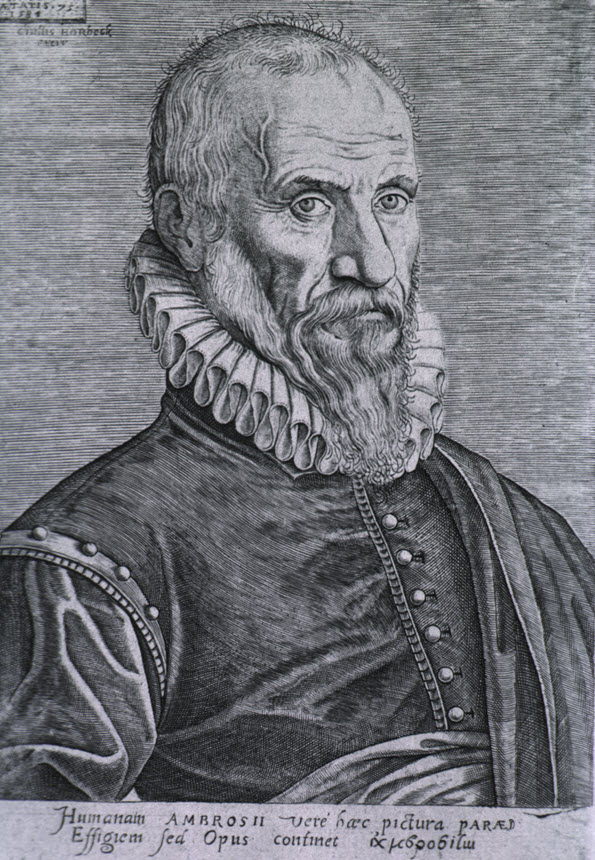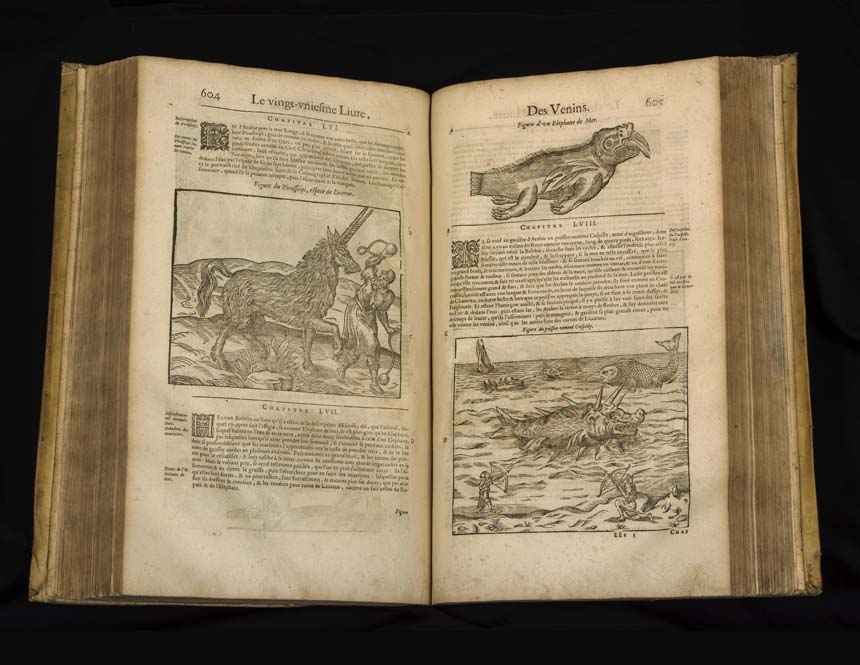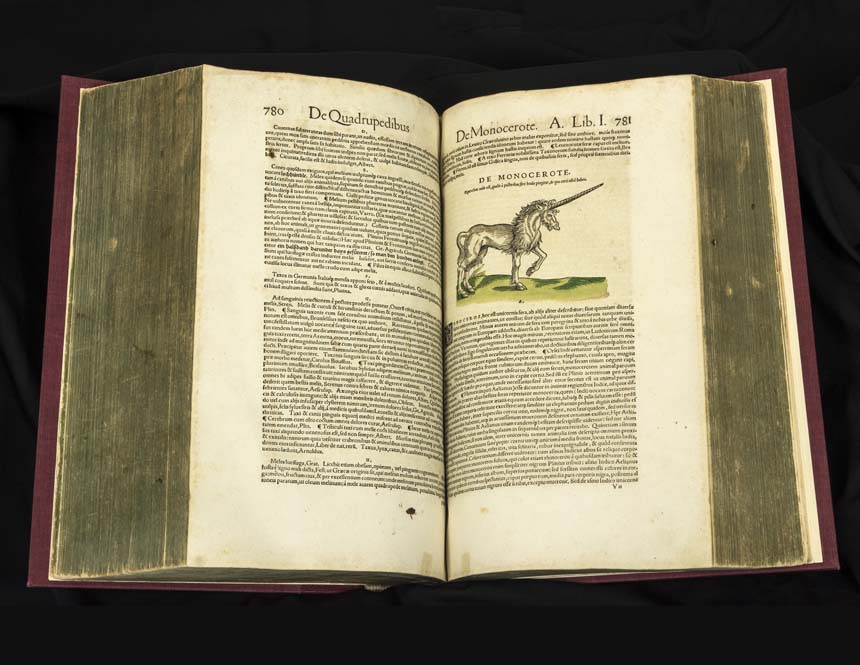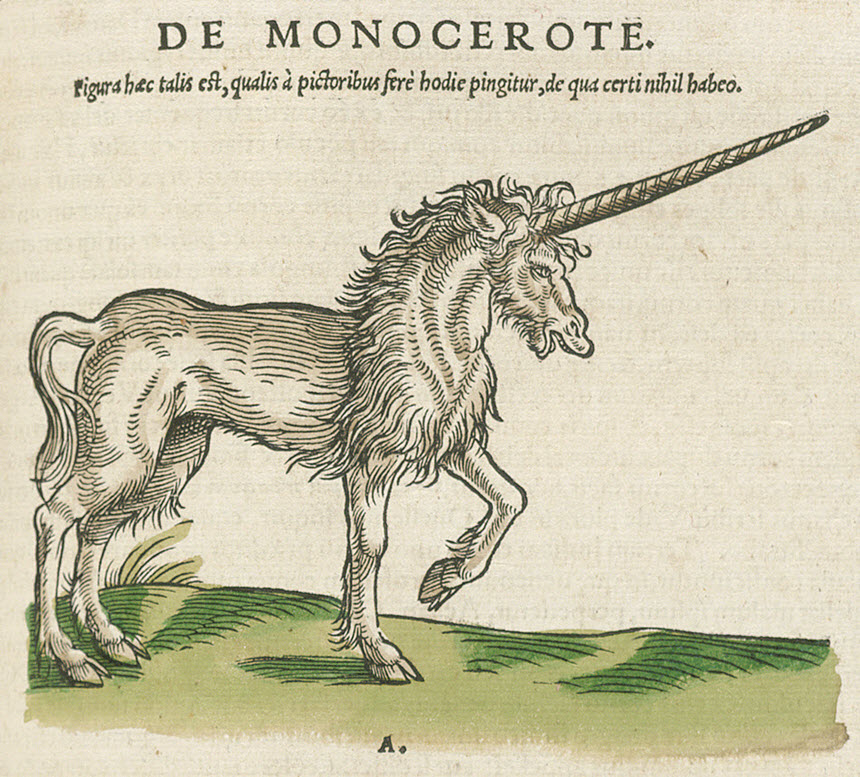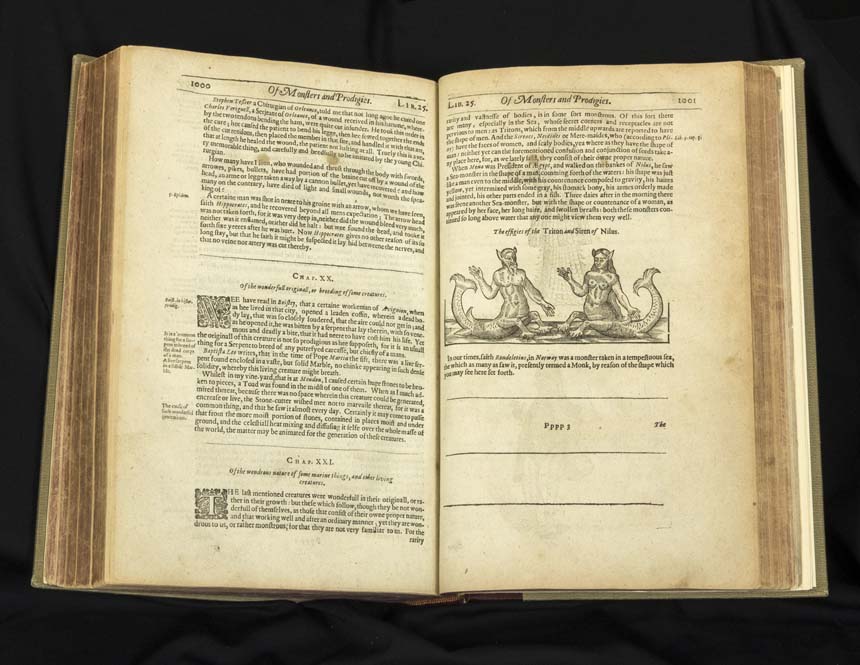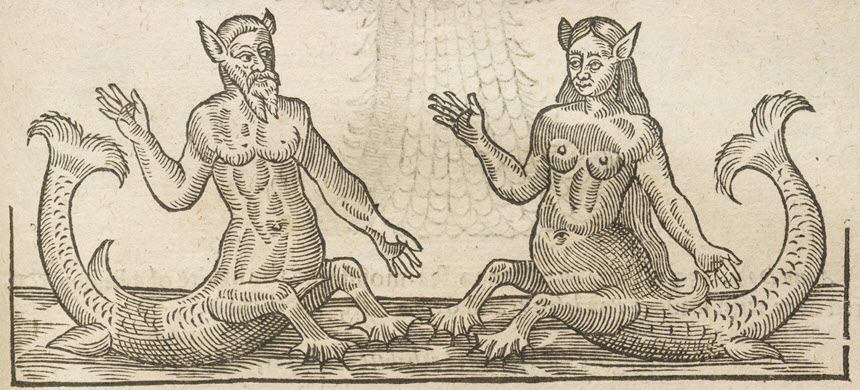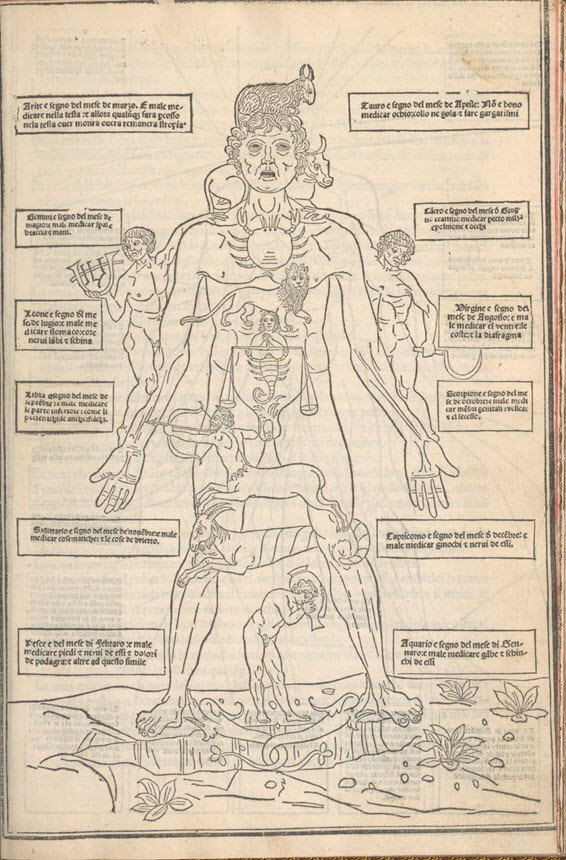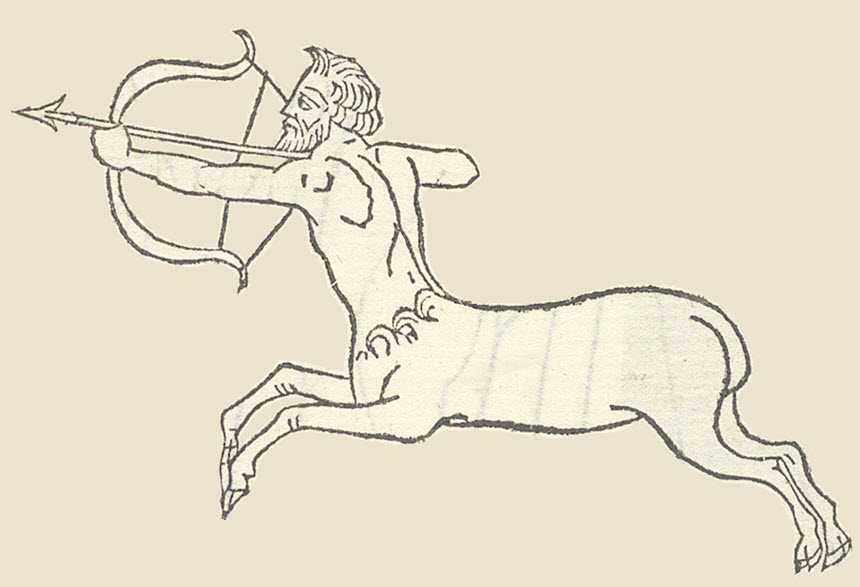All things that we use on earth let us use them for good and not for evil.
Swiss-German physician and alchemist Paracelsus, 1533
Although the wizards of Harry Potter value learning and teaching about the world around them, they do not always respect the creatures in it.
Unicorns are considered sacred and pure creatures that should be used in magic without harming the animal. The evil Lord Voldemort disregards such warnings and cruelly slaughters several for their magical life-giving blood, exposing his disregard for the natural world.
Merpeople and centaurs, known in the series as “half-breeds,” are forced to live on segregated lands and are subject to laws about which they have no say.
Several of Harry’s mentors are bothered by the inequalities forced on these beings and feel that wizards could benefit by learning about many different magical cultures. Hogwarts’ headmaster, Albus Dumbledore, employs Firenze, a centaur, to teach Divination, where students learn about reading the future. For many of the young witches and wizards, Professor Firenze is the first centaur they have seen.
All things that we use on earth let us use them for good and not for evil.
Swiss-German physician and alchemist Paracelsus, 1533
Although the wizards of Harry Potter value learning and teaching about the world around them, they do not always respect the creatures in it.
Unicorns are considered sacred and pure creatures that should be used in magic without harming the animal. The evil Lord Voldemort disregards such warnings and cruelly slaughters several for their magical life-giving blood, exposing his disregard for the natural world.
Merpeople and centaurs, known in the series as “half-breeds,” are forced to live on segregated lands and are subject to laws about which they have no say.
Several of Harry’s mentors are bothered by the inequalities forced on these beings and feel that wizards could benefit by learning about many different magical cultures. Hogwarts’ headmaster, Albus Dumbledore, employs Firenze, a centaur, to teach Divination, where students learn about reading the future. For many of the young witches and wizards, Professor Firenze is the first centaur they have seen.


